Всім привіт мої дорогі читачі. У попередній статті я розповів вам що таке мікрозелень, як виглядає насіння і що з нього може вирости. Але виникає інше питання яке мене турбує. Чи можна вирощувати на відкритому ґрунті, що краще? Зараз я спробую відповісти на це запитання.
Невеличкий відступ. Надалі я буду писати статті українською та англійською мовами так як певна кількість аудиторії складає українців.
Hello everyone, my dear readers. In a previous article, I told you what microgreens are, what seeds look like and what they can grow from. But there is another question that worries me. Is it possible to grow in the open ground, which is better? Now I will try to answer this question.
A small digression. In the future, I will write articles in Ukrainian and English, as a certain number of audiences are Ukrainians.
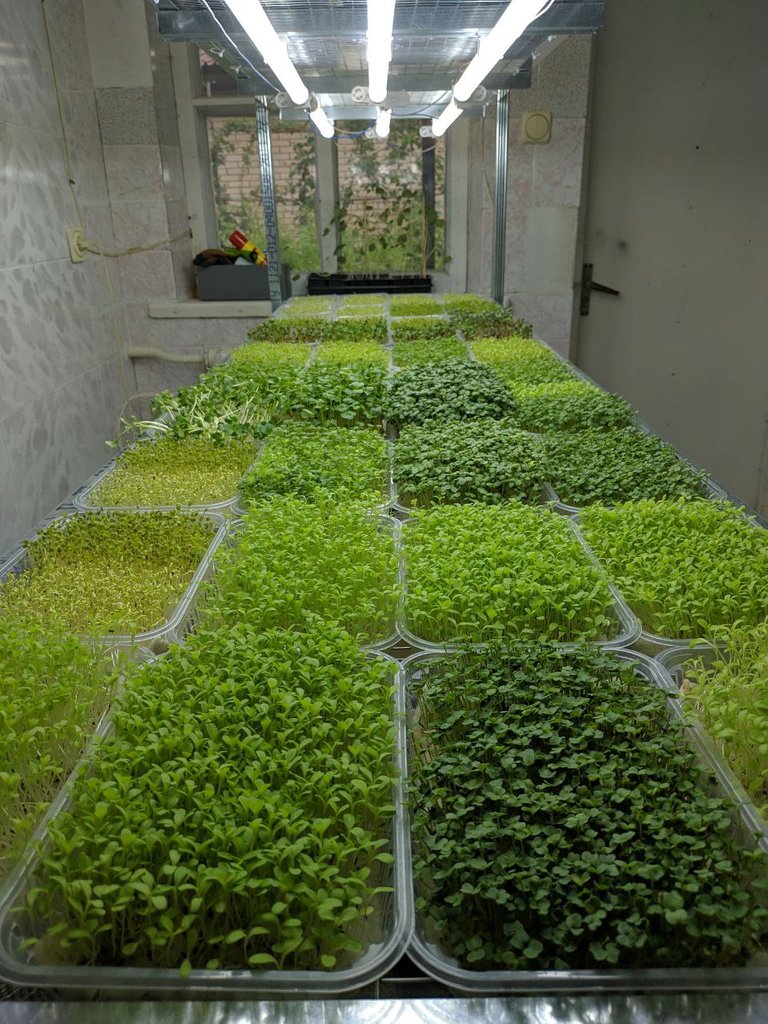
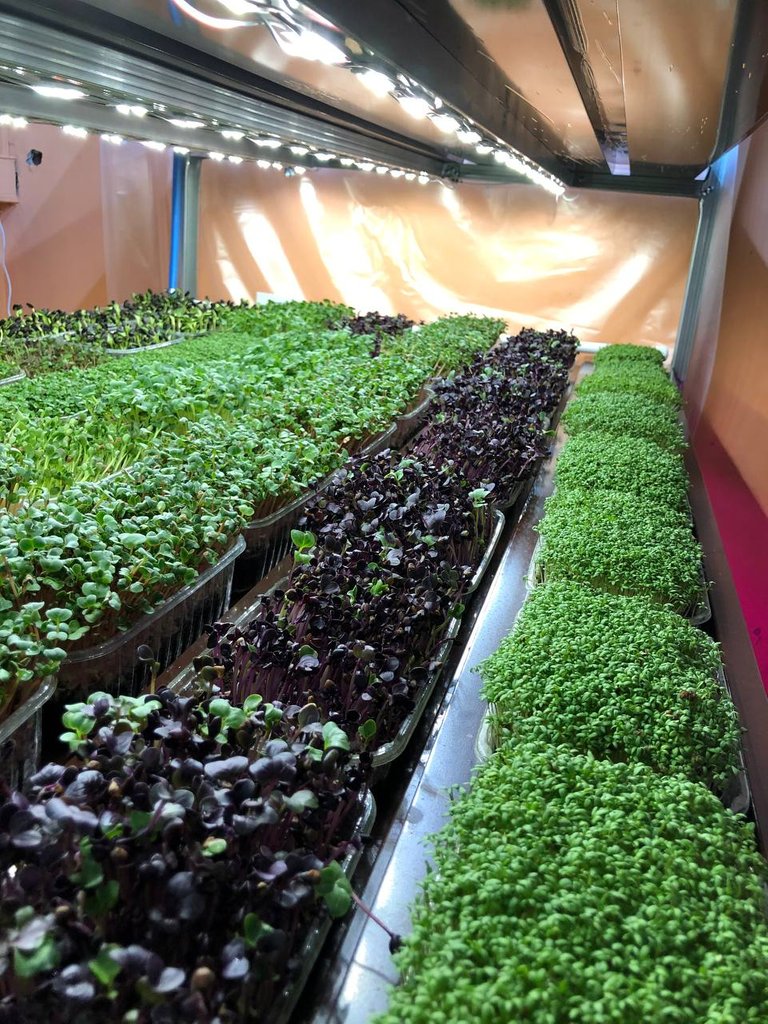
Отже, на мою думку є два варіанти в чому вирощувати мікрозелень: у пластикових деко та пластикових контейнерах для ягід.
So, in my opinion, there are two options for growing microgreens: in plastic trays and plastic containers for berries.
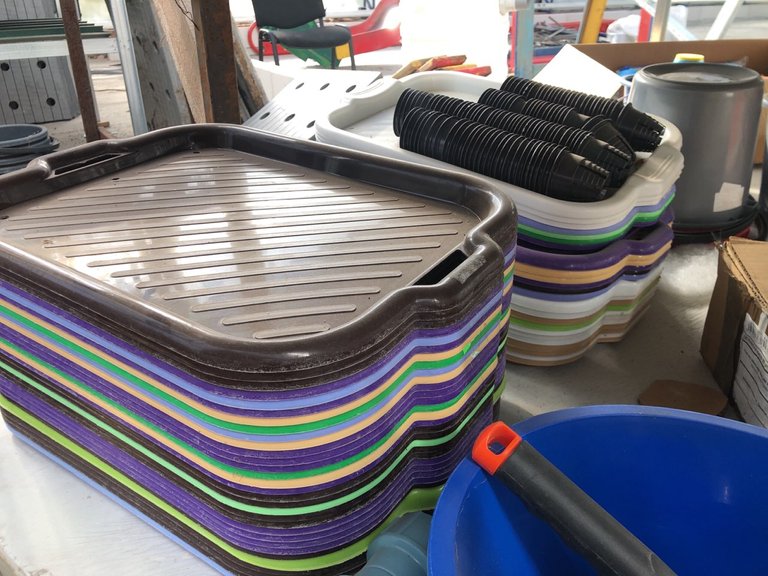
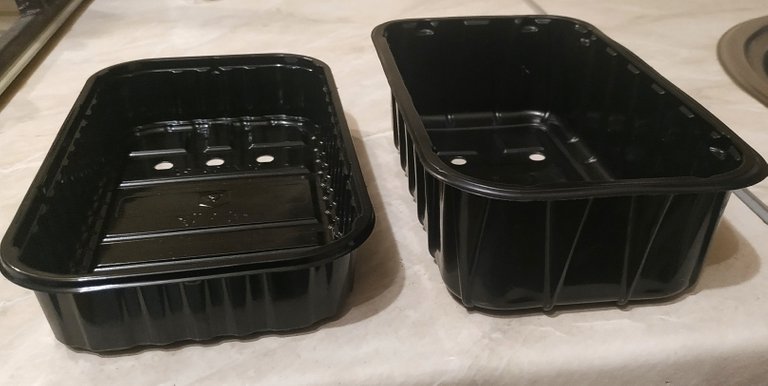
Деко за розміром повинні бути 30см х 40см з внутрішньої сторони. Це стандартні розміри таких деко для мікрозелені. Контейнери для ягід бувають різного розміру але в основному використовують 10х18 см, об'ємом від 250 мл до 500 мл. Останнім часом почали використовувати такі контейнери в чорному кольорі.
The pan should be 30 cm x 40 cm on the inside. These are the standard sizes of such deco for microgreens. Containers for berries come in different sizes but mostly use 10x18 cm, with a volume of 250 ml to 500 ml. Recently, such containers in black have been used.
З цим розібрались. Тепер що стосується того на чому вирощувати. Тут вже більше варіантів. Це може бути кокосовий субстрат та льняні килимки - це на мою думку найпопулярніші варіанти. Також можна вирощувати на тканині, агроваті та просто на пластиковому деко ( 30 х 40 см ). В такому випадку в них роблять отвори по краях з двух сторін.
We figured it out. Now as for what to grow. There are already more options. It can be coconut substrate and linen mats - these are in my opinion the most popular options. It can also be grown on fabric, agrovata and just on a plastic tray (30 x 40 cm). In this case, they make holes in the edges on both sides.
Трохи розповім про кожен варіант.
Кокосовий субстрат - це суміш стружки кокосу та кокосового волокна які подрібнюють, ферментують певний час та пресують
I will tell a little about each option.
Coconut substrate is a mixture of coconut flakes and coconut fiber that is crushed, fermented for some time and pressed.
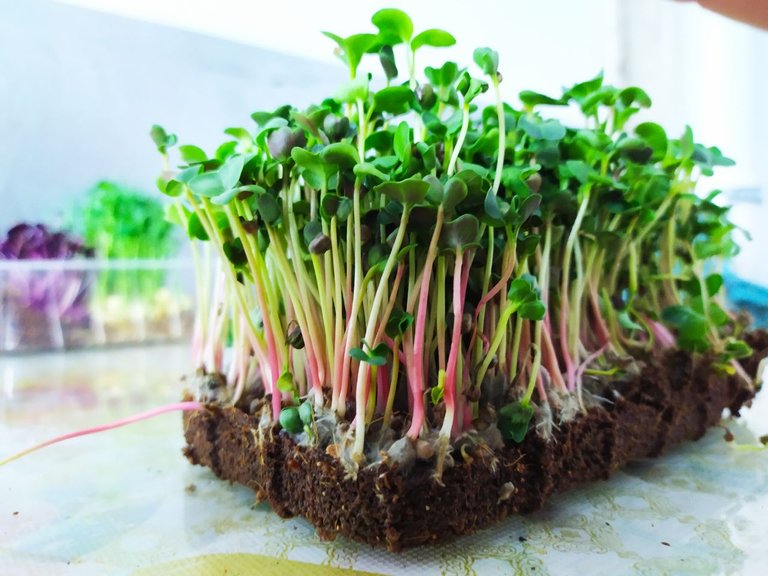
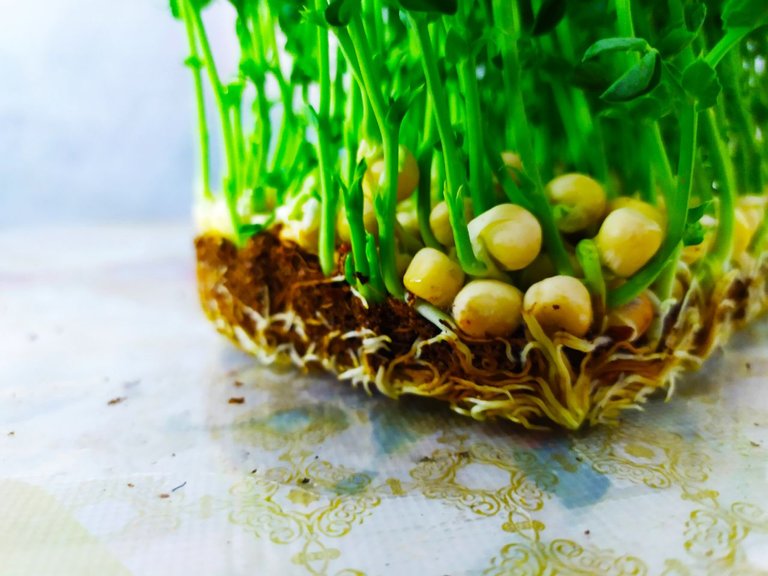

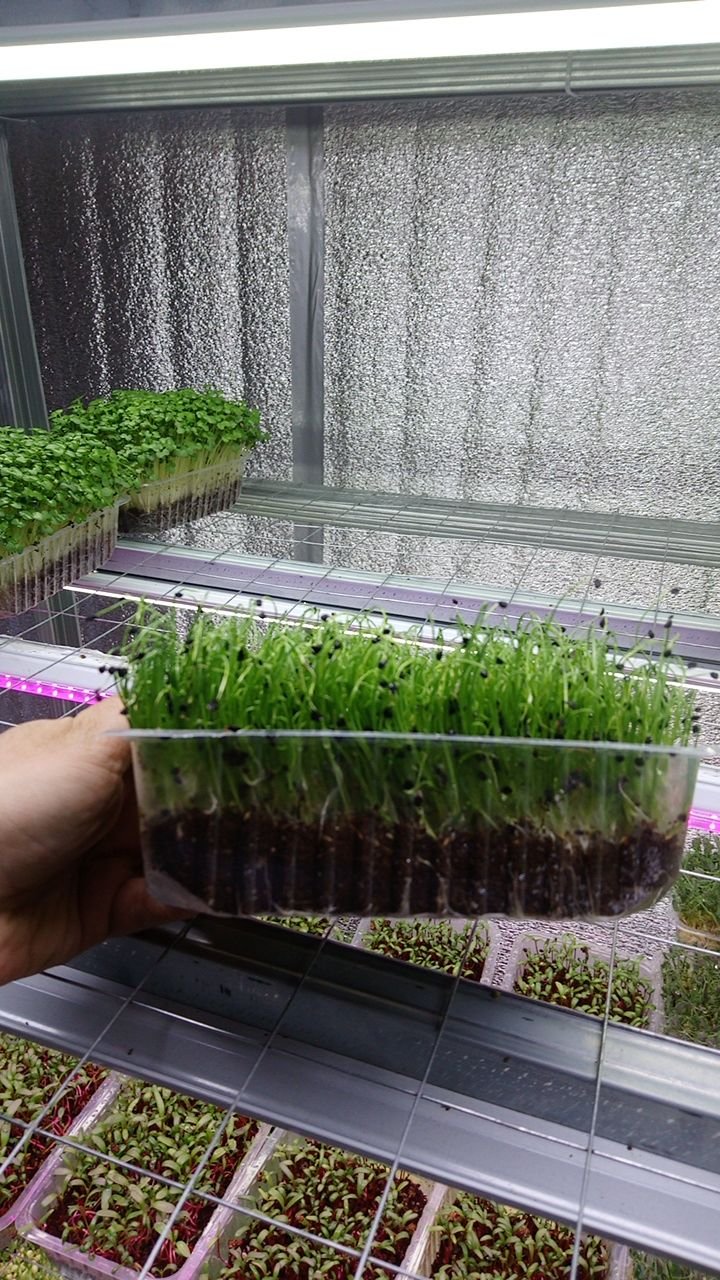
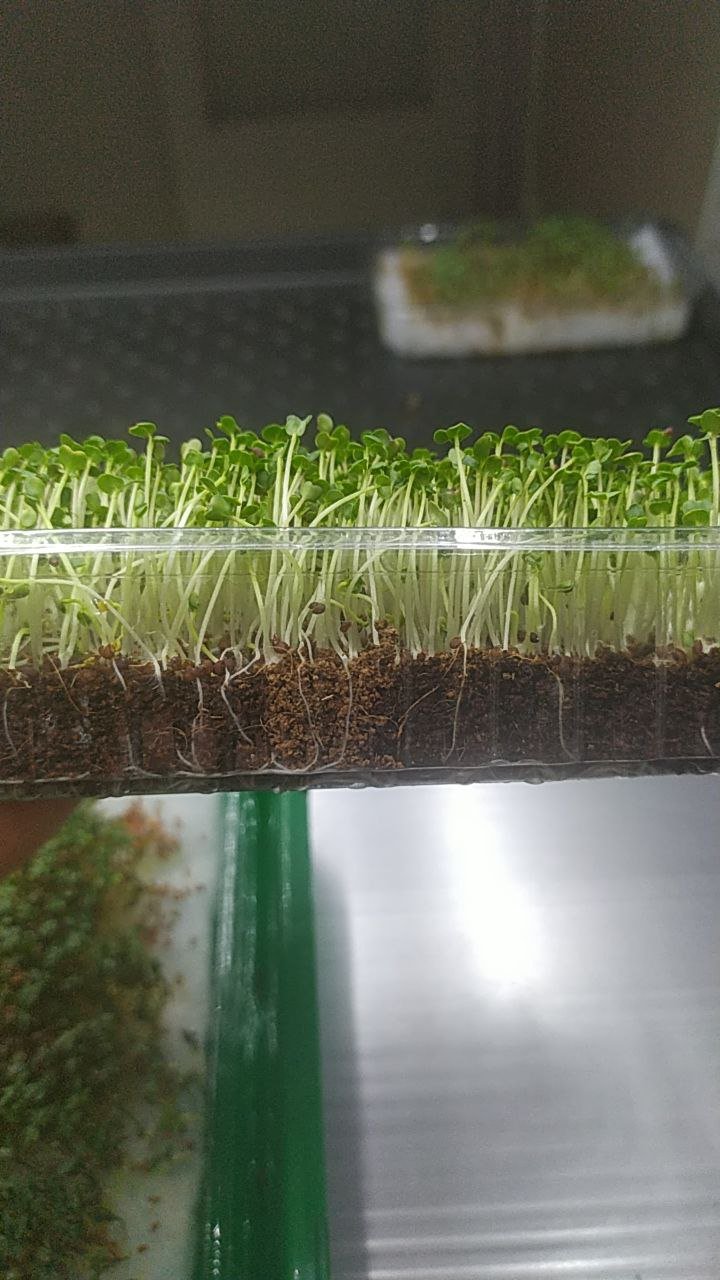
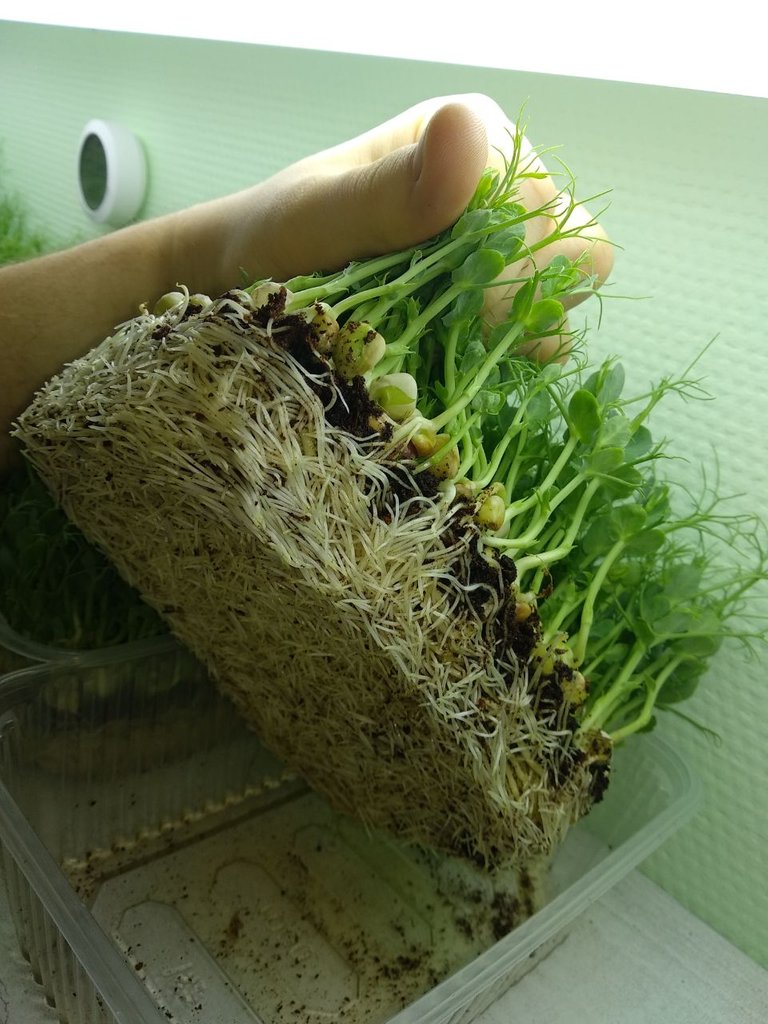
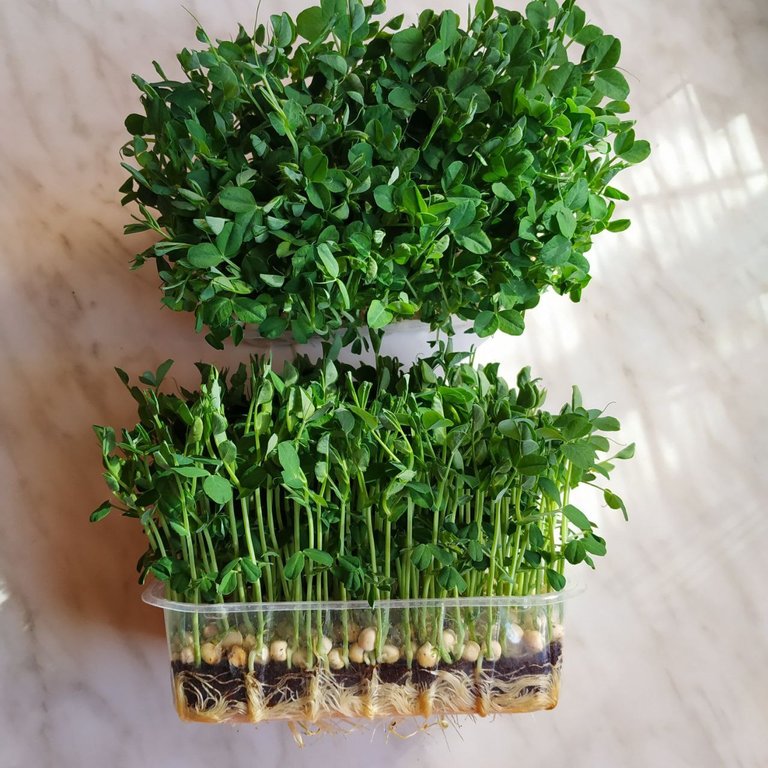
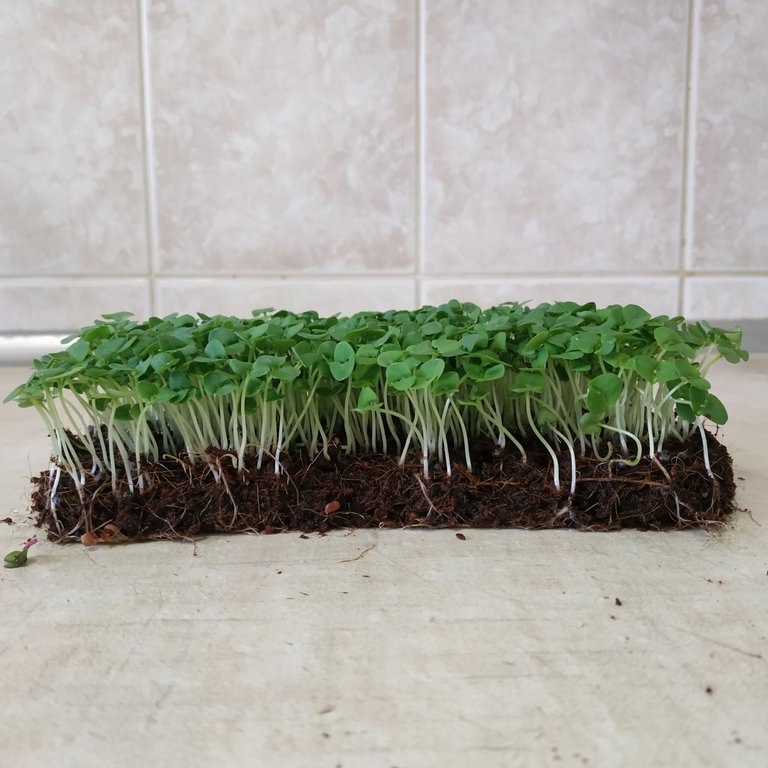

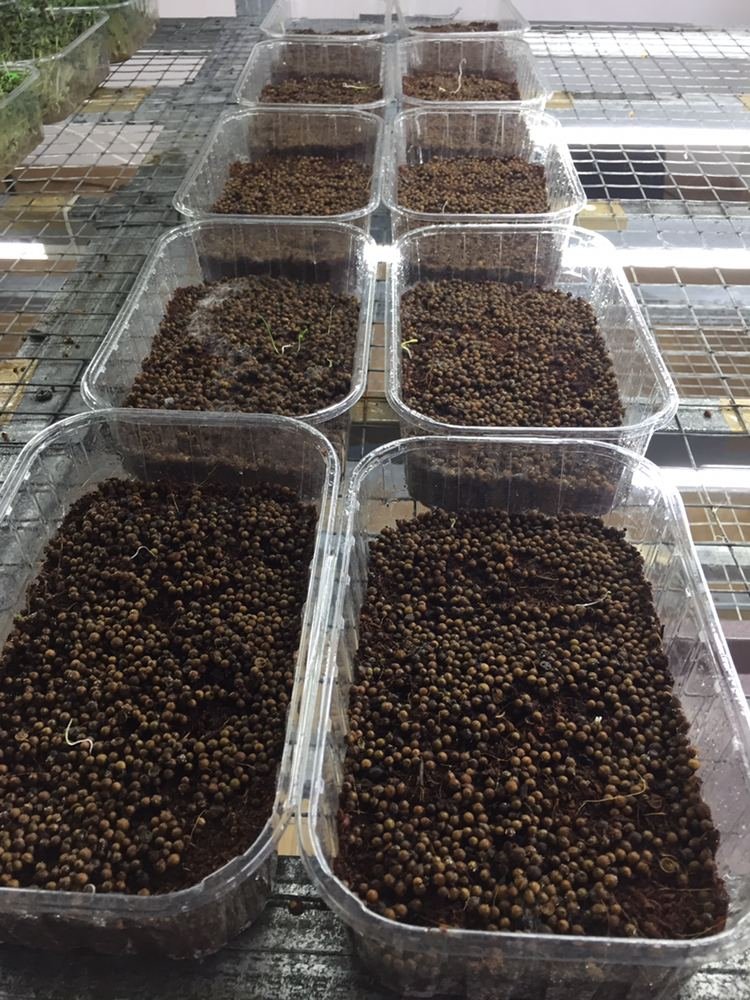
5 кілограмів такого субстрату вистачить для 150 ягідних боксів. Суть в тому що перед використанням його заливають водою, приблизно від 15 до 18 літрів. Все залежить від виробника. Під росту мікрозелені, цей субстрат необхідно поливати приблизно один раз на два, три дні.
5 kilograms of such substrate will be enough for 150 berry boxes. The fact is that before use it is filled with water, from about 15 to 18 liters. It all depends on the manufacturer. Under the growth of microgreens, this substrate should be watered about once every two or three days.
Льняні килимки - це звичайне волокна льону та джуту. В порівнянні з кокосовим субстратом, килимки потрібно поливати один або два рази на день, в залежності від висихання.
Linen rugs are ordinary fibers of flax and jute. Compared to coconut substrate, mats need to be watered once or twice a day, depending on drying.
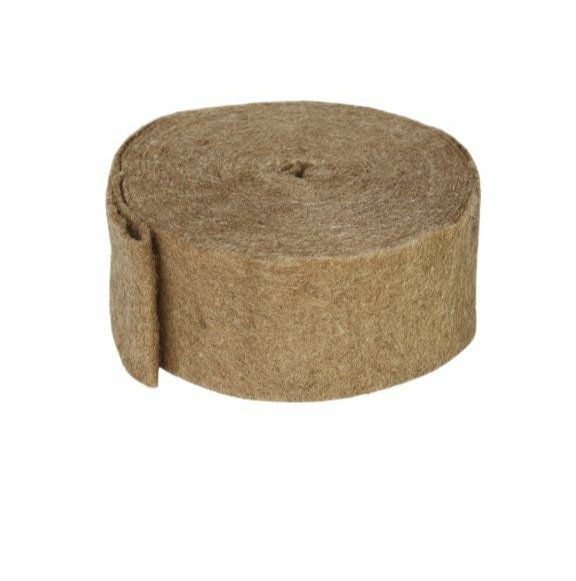
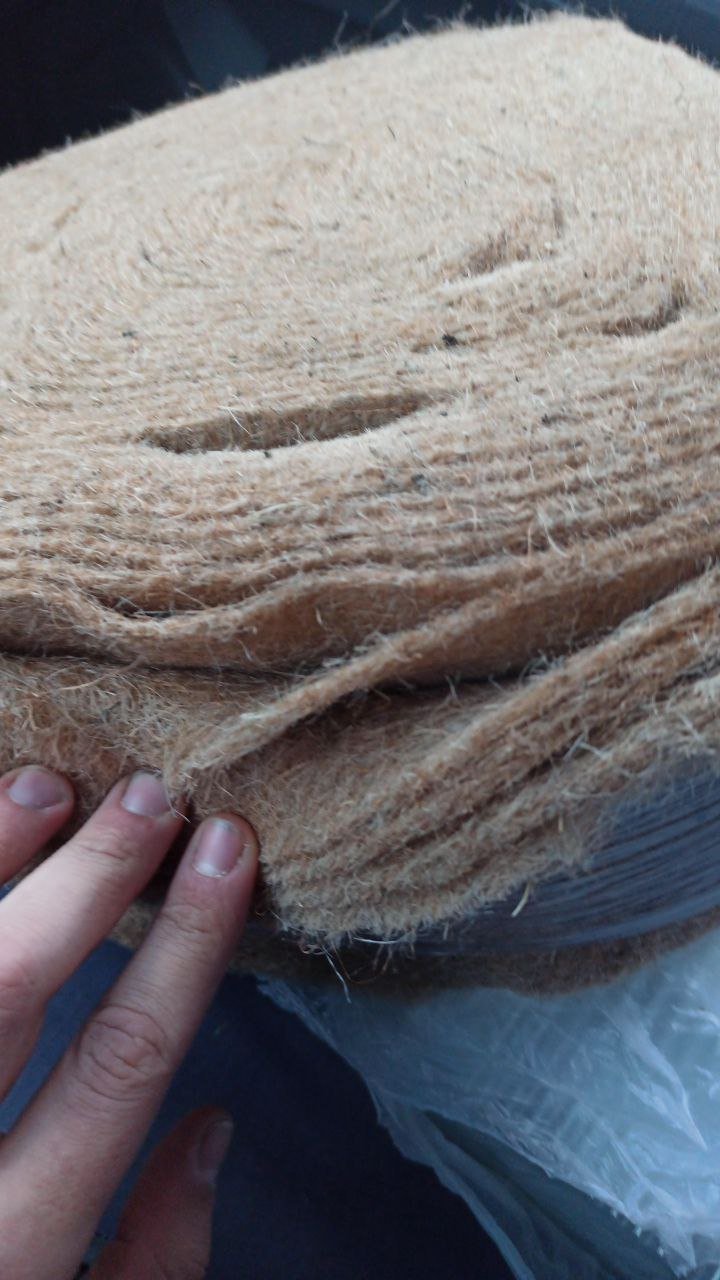
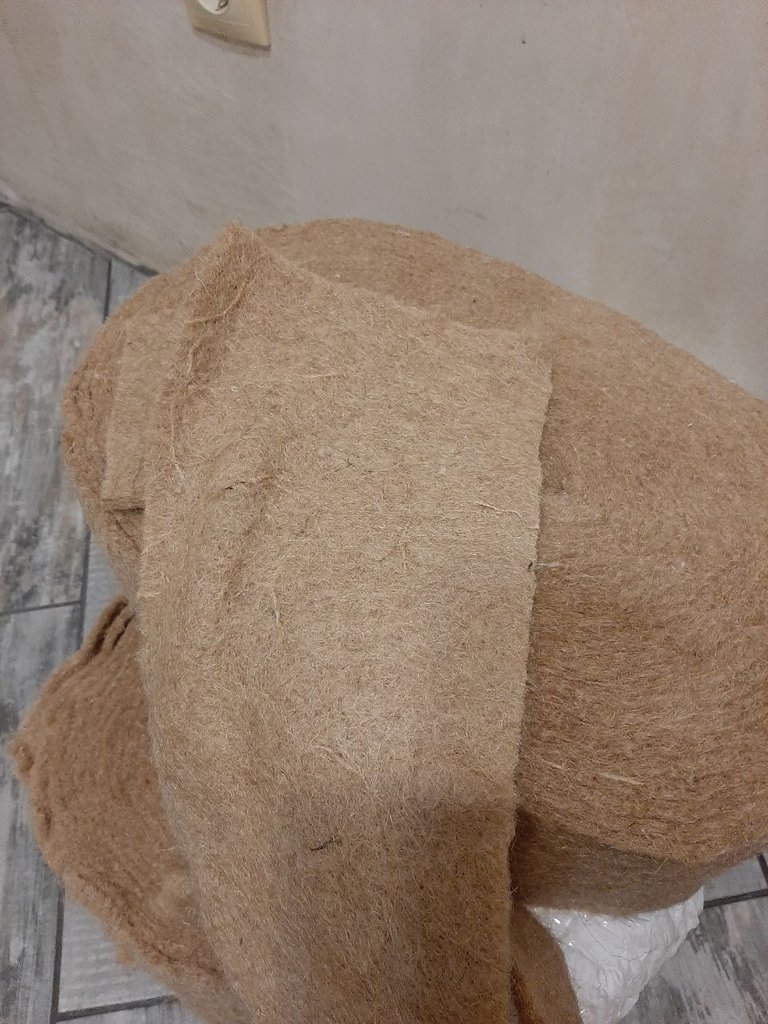
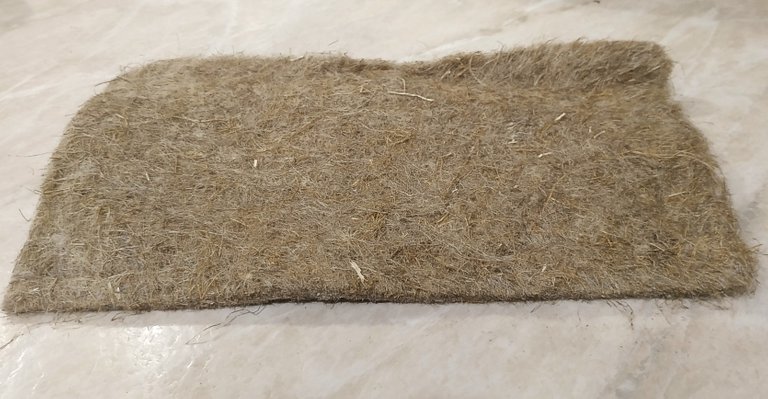
Так само і агровату але її потрібно попередньо добре вимочити у воді. І поливати її потрібно в залежності від висихання.
The same goes for agrovat, but it must first be well soaked in water. And it should be watered depending on drying.
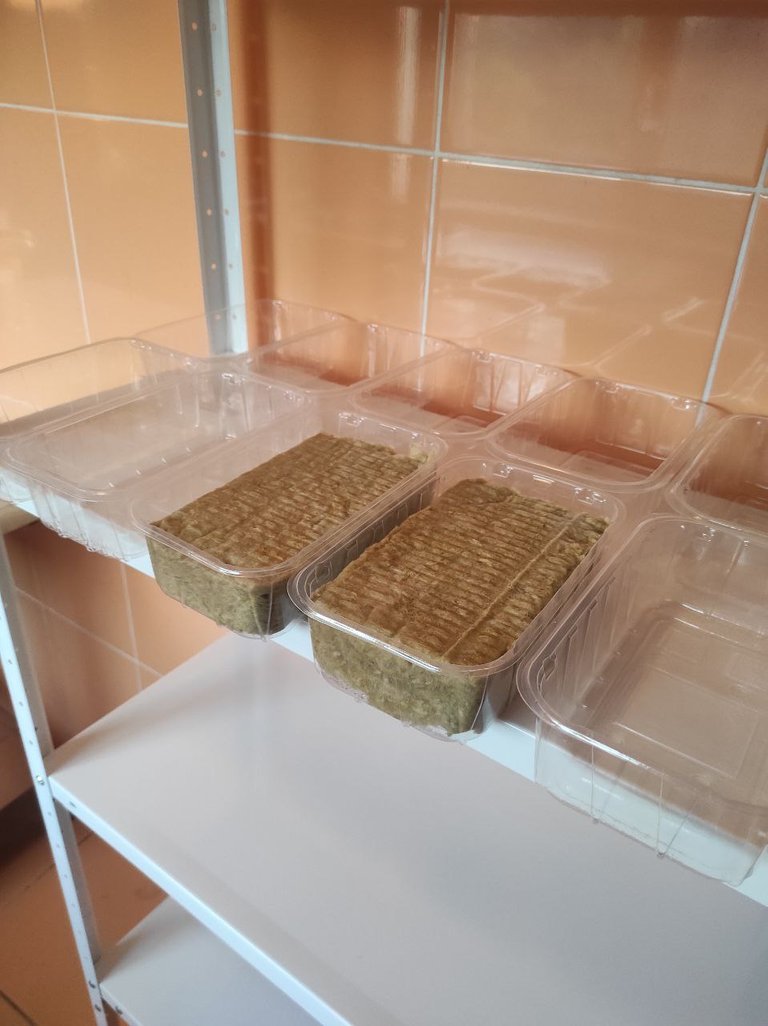
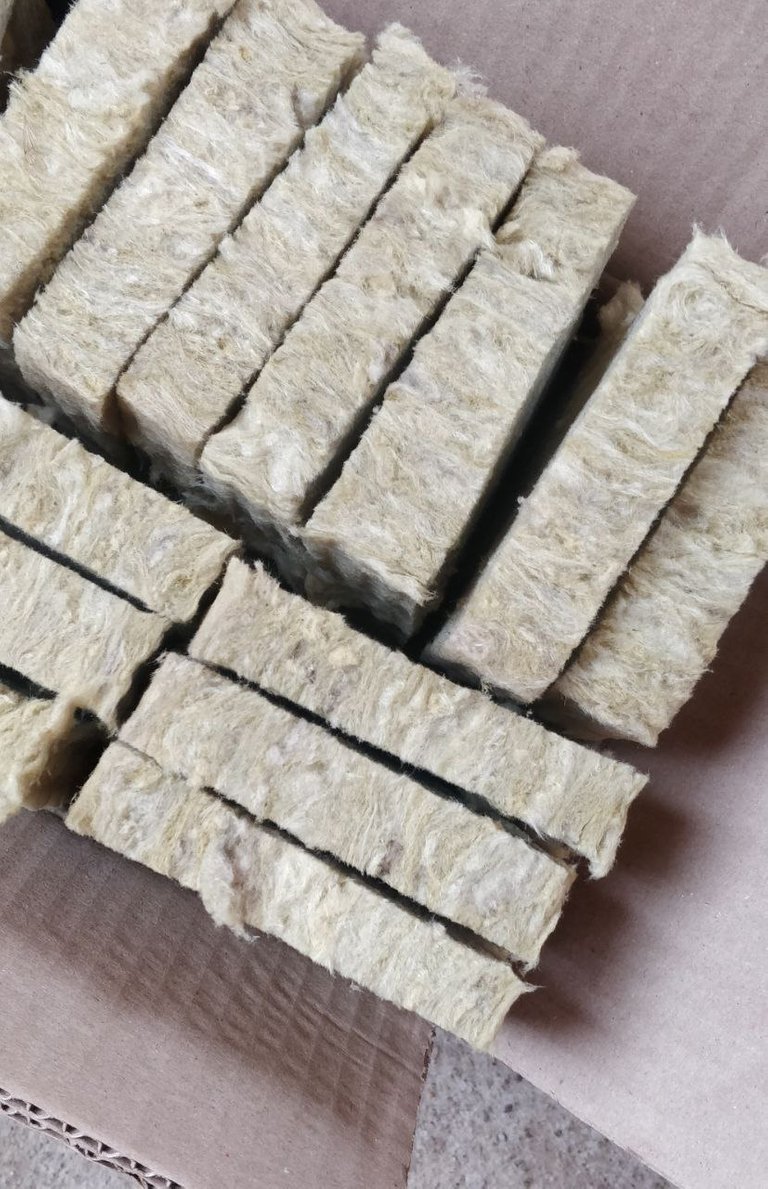
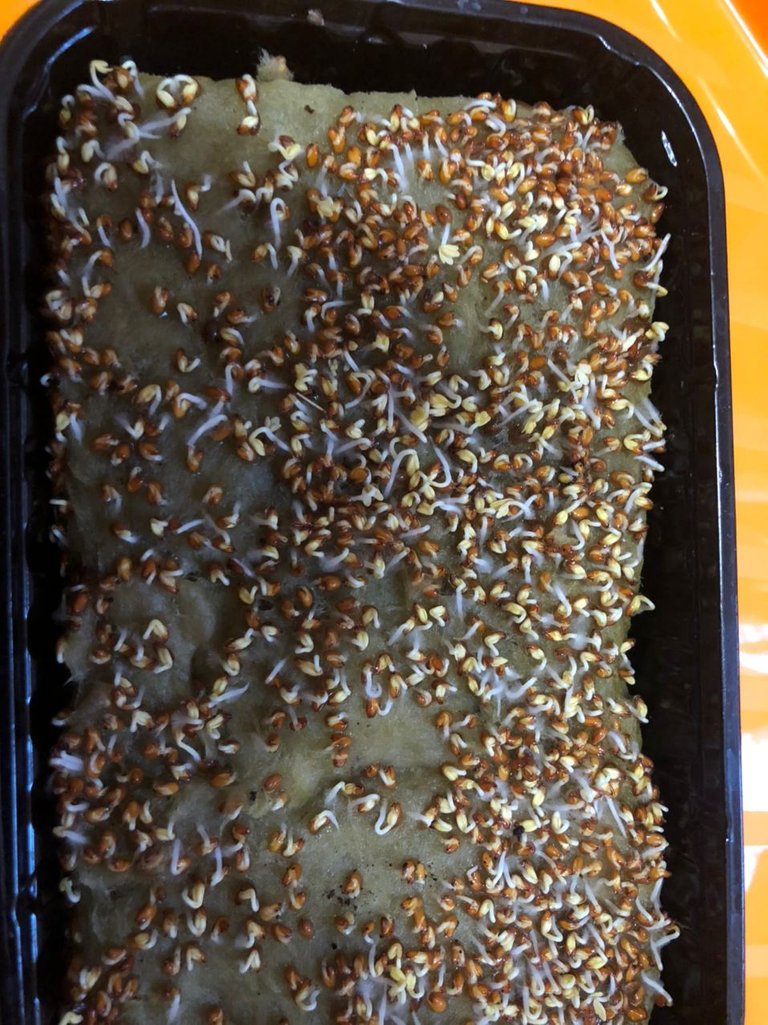
З тканиною все трішки складніше. Поливати такий варіант треба від двох разів на день.
With fabric, everything is a little more complicated. This option should be watered twice a day.
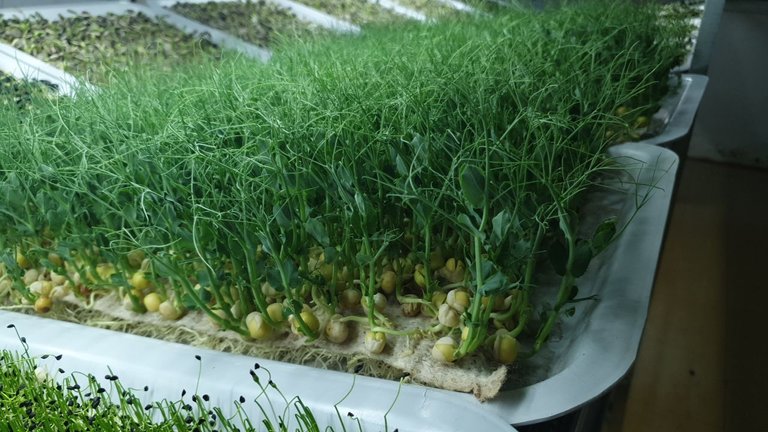
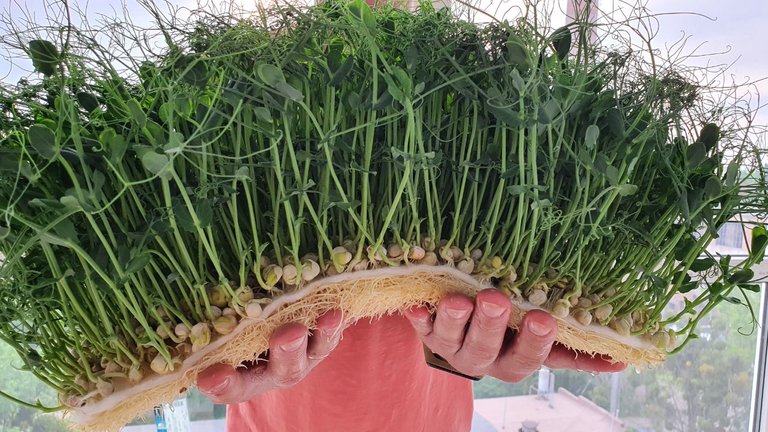
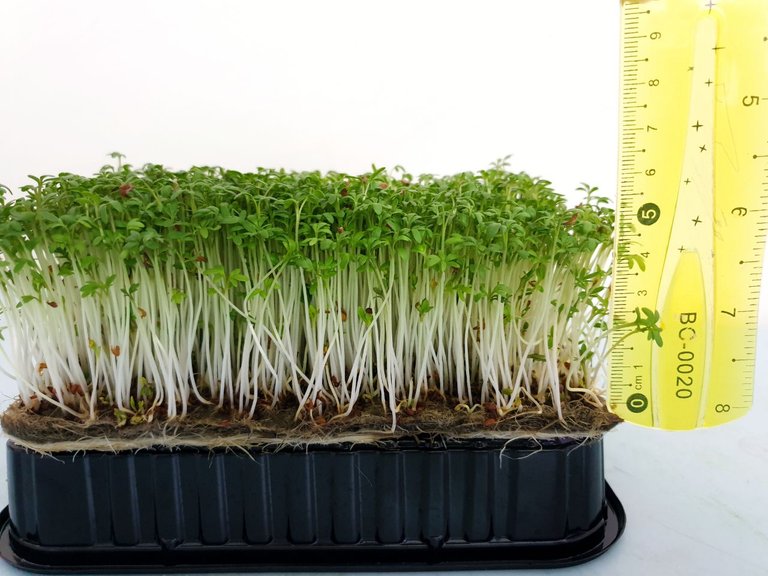
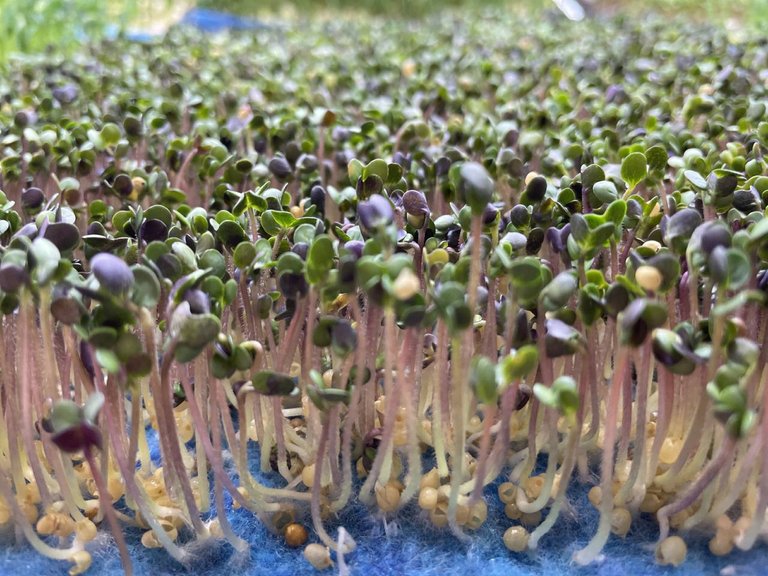
І останній спосіб це вирощування без будь якого субстрату. Плюс цього способу в тому що корені абсолютно чисті і можна збирати і їсти одразу з деко. Мінуси в тому що потрібно частіше поливати так як вода не затримується на довго і для такого способу потрібно виключно пластикові деко.
And the last way is to grow without any substrate. The advantage of this method is that the roots are completely clean and can be collected and eaten immediately from the pan. The disadvantages are that you need to water more often because the water is not delayed for a long time and this method requires only plastic trays.
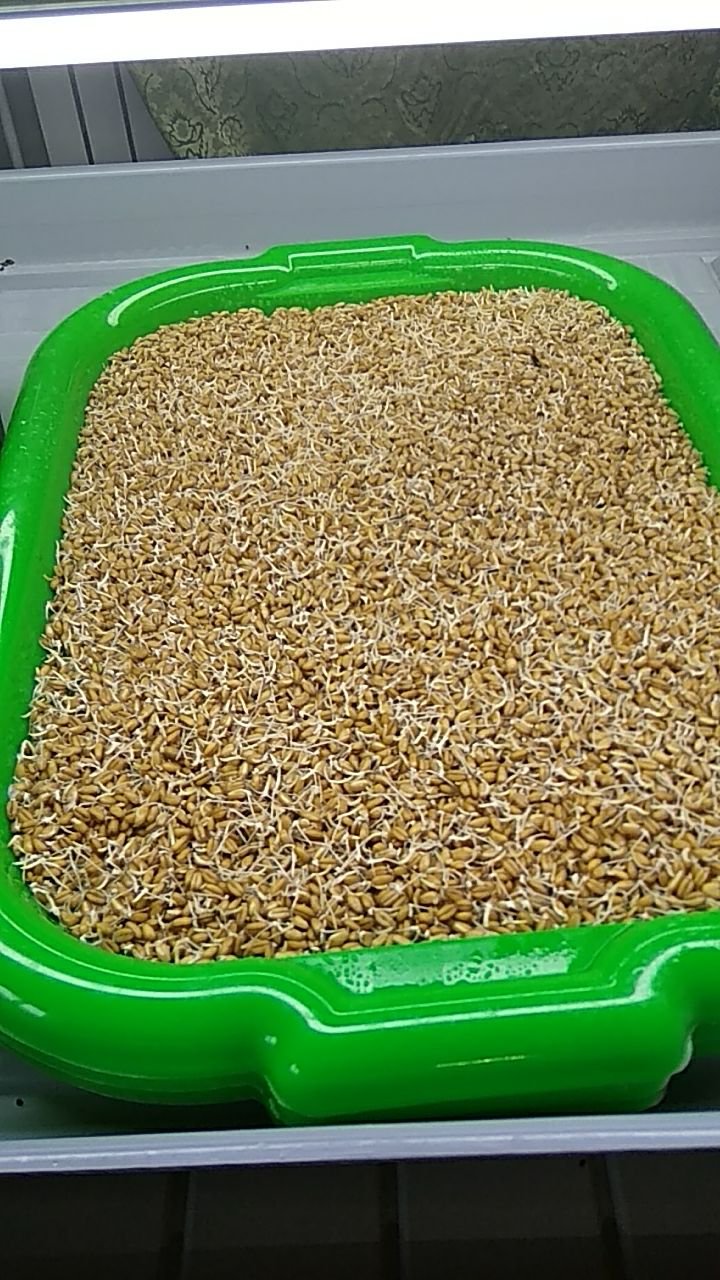
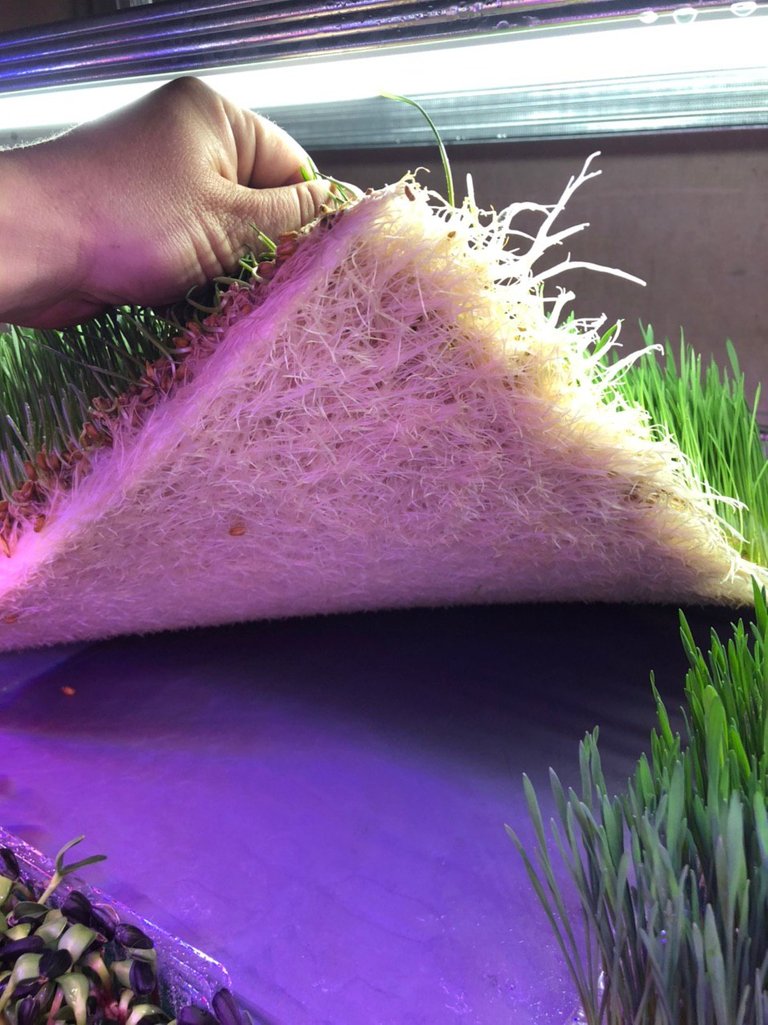
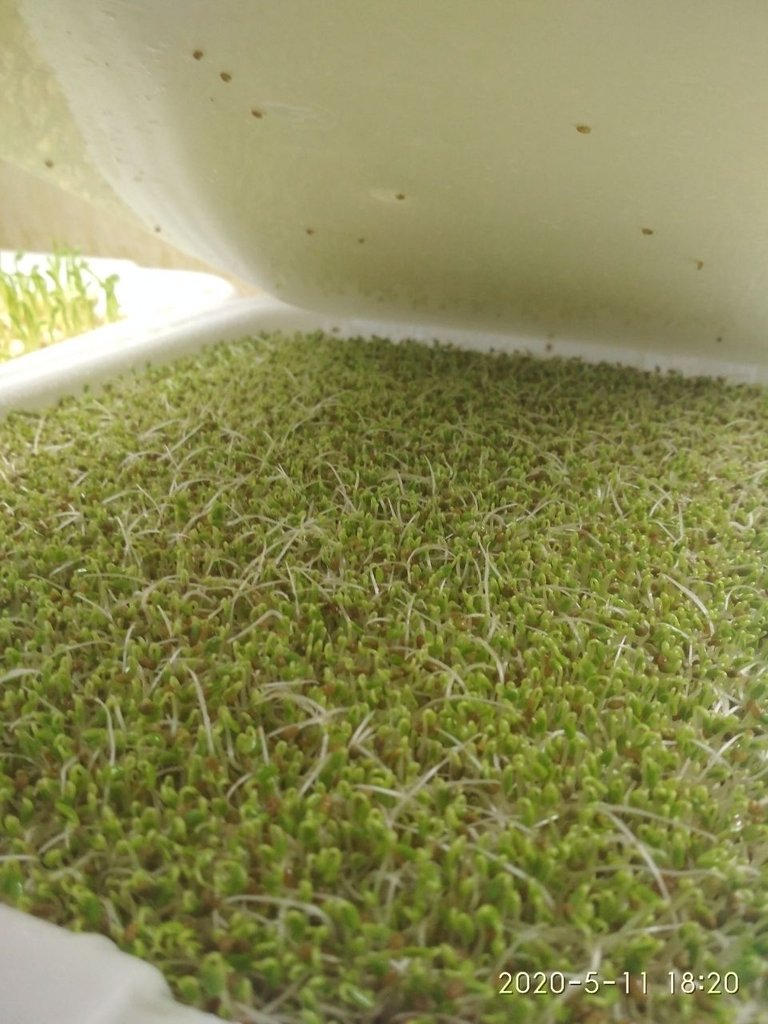
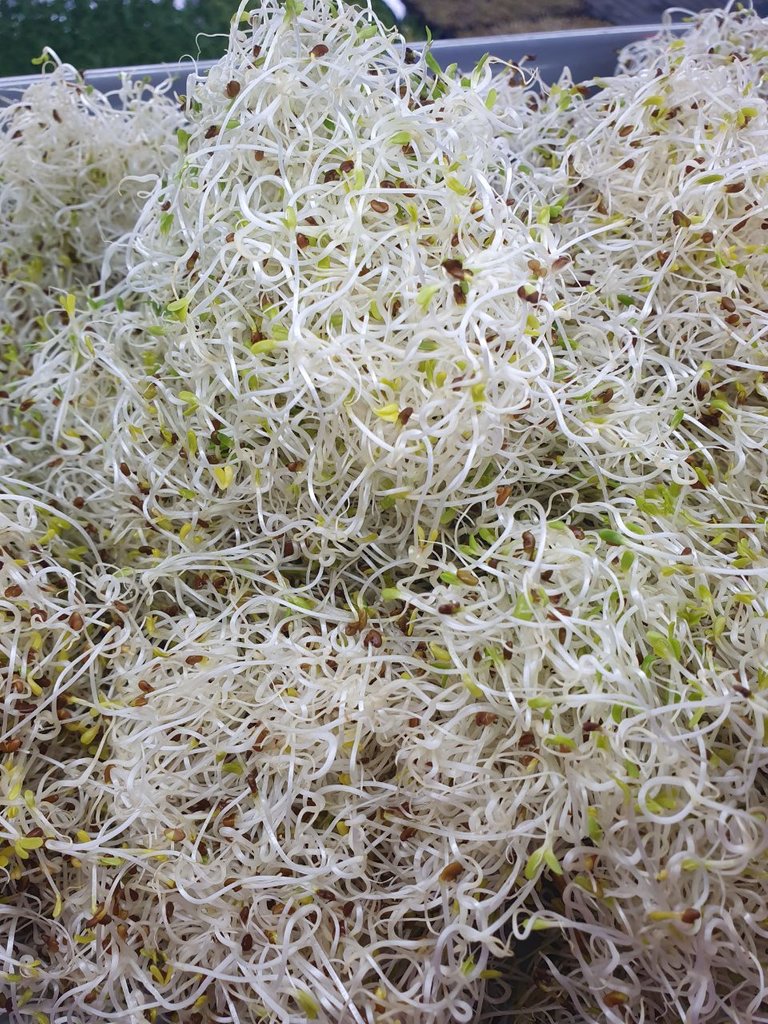
Тим не менш всі ці варіанти є основними для вирощування мікрозелені а який варіант краще для вас, вирішувати вам.
However, all of these options are basic for growing microgreens and which option is best for you is up to you.
Попередньо я писала що мені повинні привезти необхідне обладнання. Так ось воно приїхало і вже скоро я почну робити свій стелаж. Тому слідкуйте за моїм блогом, коментуйте ставте лайки це дуже допоможе мені в розвитку мікрозелені.
Бажаю здоров'я, натхнення та успіхів.
I previously wrote that I should bring the necessary equipment. So here it came and soon I will start making my own rack. So follow my blog, comment, put likes, it will help me a lot in the development of microgreens.
I wish you health, inspiration and success.
Congratulations @icefresh0254! You have completed the following achievement on the Hive blockchain and have been rewarded with new badge(s) :
Your next target is to reach 200 upvotes.
You can view your badges on your board and compare yourself to others in the Ranking
If you no longer want to receive notifications, reply to this comment with the word
STOPCheck out the last post from @hivebuzz: